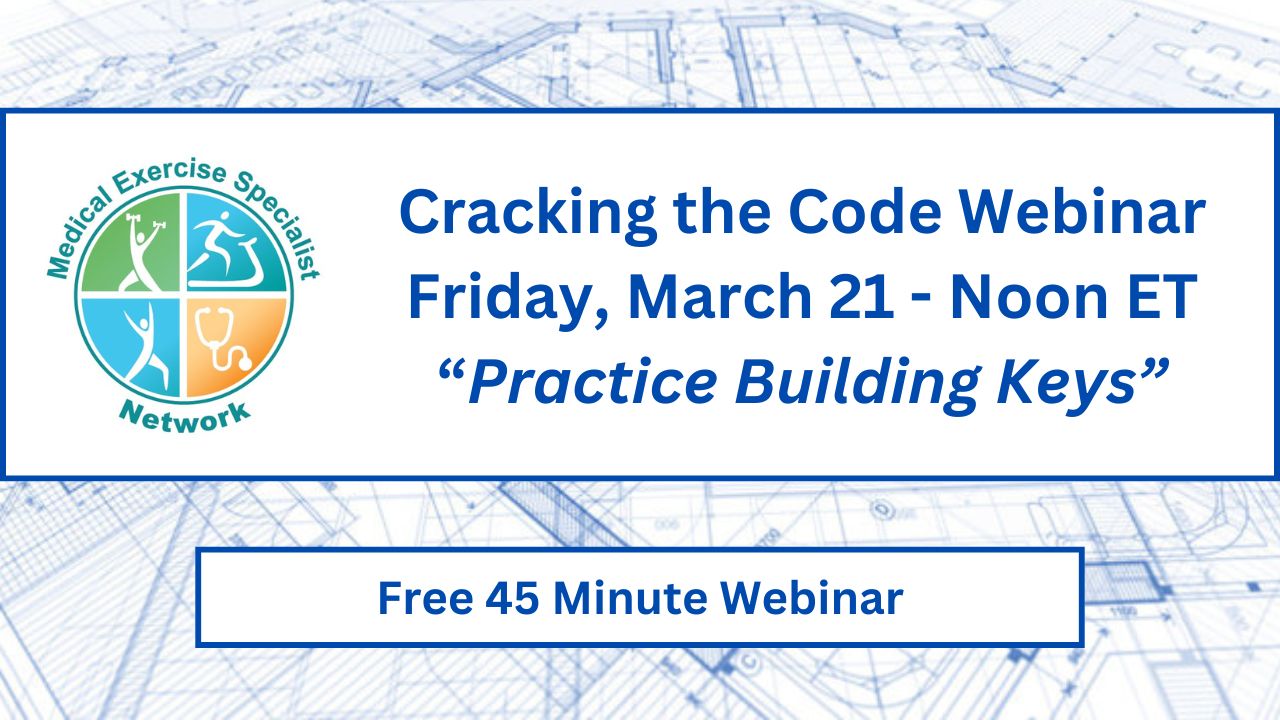Do You Know The 7 Essential Steps for Managing MET Clients?
As I talk to medical exercise professionals across North America, it’s clear that the demand for medical exercise training is surging. With that growth comes an essential responsibility for medical exercise professionals to uphold rigorous standards in client assessment and management. Over the past 31 years, I’ve observed how a structured intake process significantly impacts the outcomes and client relationships in medical exercise practices. It all begins even before a client arrives—initial contacts via email, phone, or text must be systematically handled to determine the client’s needs, suitability for medical exercise training, and their medical diagnosis.
When a client attends their first session, it's crucial to perform a thorough verbal medical history interview, far exceeding the insights of a simple PAR-Q form. This detailed conversation helps uncover potential complications and clarifies the client's treatment pathway. Equally vital is the consistent checking of vital signs, as unnoticed issues like hypertension or tachycardia can become serious concerns. This step, while seemingly minor, could be lifesaving.
The assessment must also focus explicitly on identifying functional limitations and contraindications. Clients typically seek medical exercise training because of persistent functional deficits post-injury or surgery that affect their daily life. Clear identification of these limitations allows you to establish targeted short-term (30 days) and long-term (60-90 days) functional goals. Your exercise programs should then directly address these goals, becoming the cornerstone of effective medical exercise training.
Securing a referral or medical clearance from the client's physician or therapist is another critical yet frequently overlooked step. The referral should specifically mention functional conditioning or medical exercise training, steering clear of terms linked exclusively to licensed therapy professions. Lastly, establishing ongoing communication with healthcare providers through monthly progress reports not only enhances client care but significantly strengthens professional relationships and referral networks.
These seven steps may initially appear overwhelming, but integrating them into your routine will quickly streamline your processes, ensuring safety, compliance, and professionalism in your practice. By diligently following these procedures, you’ll safeguard your clients, enhance your reputation, and foster sustained growth in your medical exercise business.
Seven Essential Steps for Managing Medical Exercise Clients:
- Establish an initial intake process.
- Conduct a comprehensive verbal medical history interview.
- Consistently check vital signs.
- Assess for functional limitations and contraindications.
- Set specific short-term and long-term functional goals.
- Obtain medical referrals or clearances as necessary.
- Maintain ongoing communication through monthly progress reports.

Don't forget our FREE "Cracking the Code" webinar happening Friday, March 21st at Noon ET, covering insurance reimbursement essentials.
To join, email [email protected] with the subject line "Cracking the Code."
Get Medical Exercise Training guidelines and updates!
Build your practice with tips learned over 28+ years teaching MedXPROs around the world!!
